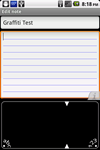latest

Palm's next gadget may be small, but that's where your guesses stop being right
Sure doesn't look like a phone to us
Palm was, in many ways, ahead of its time, but that didn’t stop Google and Apple from eating its lunch. Despite those failures, both the OS and the brand still exist. LG has continued WebOS development for TVs and, uh, refrigerators, while TCL brought the Palm name back from the dead in 2017. It’s been a while since we’ve heard about any upcoming gadgets, but a couple of new images have us intrigued.
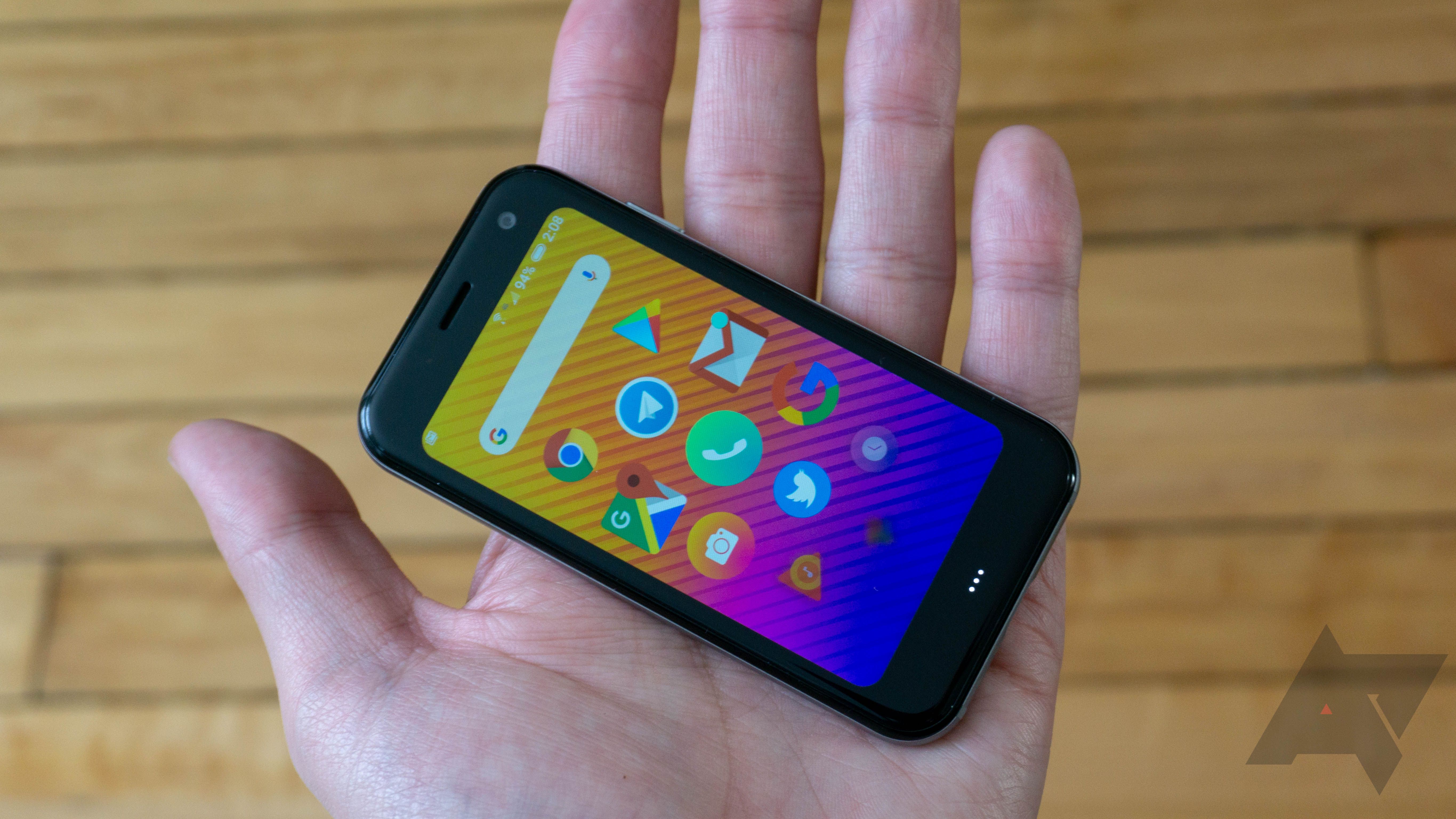
The new Palm Phone is, shall we say, a very complicated device. Then again, it was somewhat difficult to get a hold of in the first place: since its launch in November, it's been exclusive to Verizon and up until late April, you had to have a primary phone on a line of service to pick up this $350 "accessory." Nowadays, customers can use a Palm Phone as their main device, but that still leaves Big Red outsiders high and dry. Today, Palm is fixing that as it is availing its phone direct to buyers unlocked for use on most GSM networks.
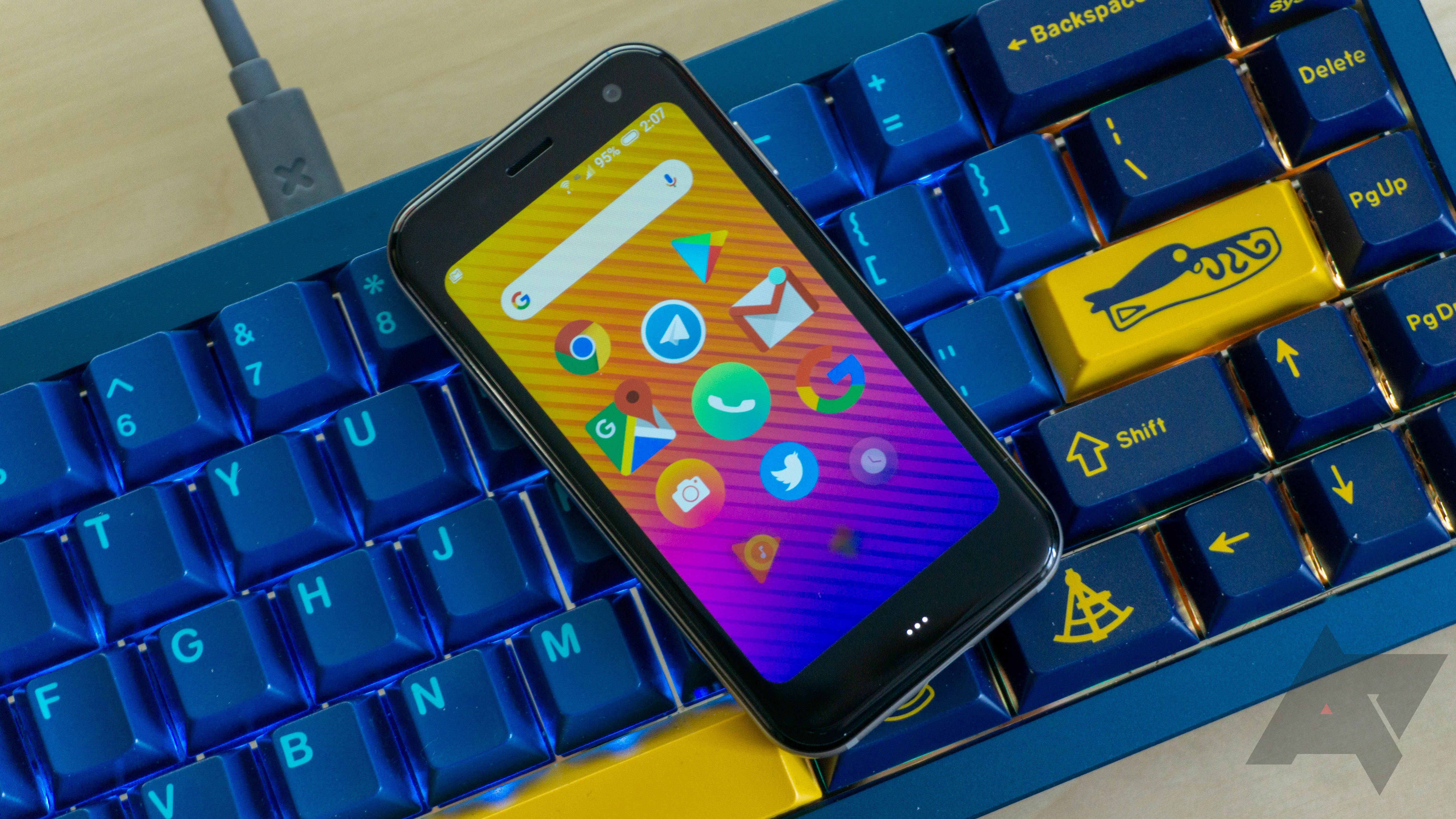
The eensy-weensy, absurdly minuscule, preposterously tiny Verizon-exclusive Palm Phone didn't make for a good purchase decision at all as a "companion to the phone you actually like using," at least in our critical judgment — especially at a price of $350. Today at least one of our issues with the Palm is finally being addressed, as Verizon makes the phone available as a standalone handset.

Unlike most phones we review, the Palm Phone does not claim to be the equal of another device. It doesn't even necessarily claim to be good. The Verizon-exclusive Palm Phone is billed as a companion to the phone you actually like using. A phone that's minimalist and limited by design can't be "good" in the traditional sense, but can it be bad in a way that you still might want one? Sadly, no.
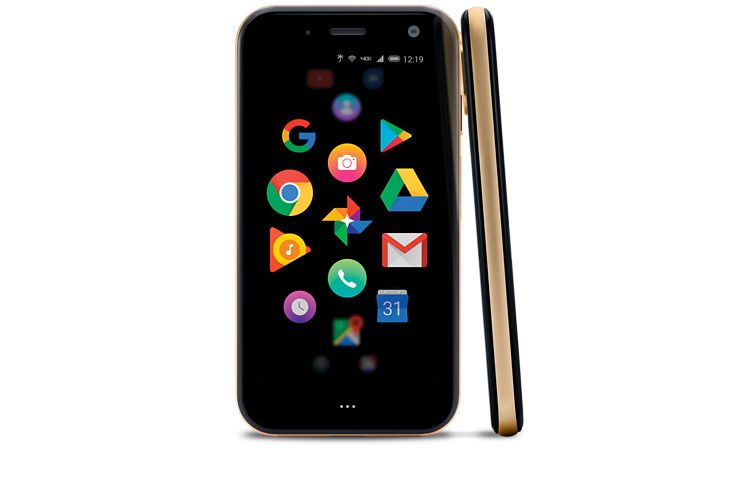
Read update
- Verizon has announced a release date for the Palm phone — November 2:
Last year, TCL announced that new devices with Palm branding would launch in 2018, and the first phone leaked a few months ago. The tiny 3.3-inch Palm phone is now official, and it's coming to Verizon next month for a whopping $349.99.Rather than being an independent phone, it functions as a 'Connected device,' similar to a smartwatch. You have to pay an extra $10/month, and it will receive the same phone calls and SMS messages as your main phone. TCL is positioning it as a secondary device for when you need a break from your regular phone.
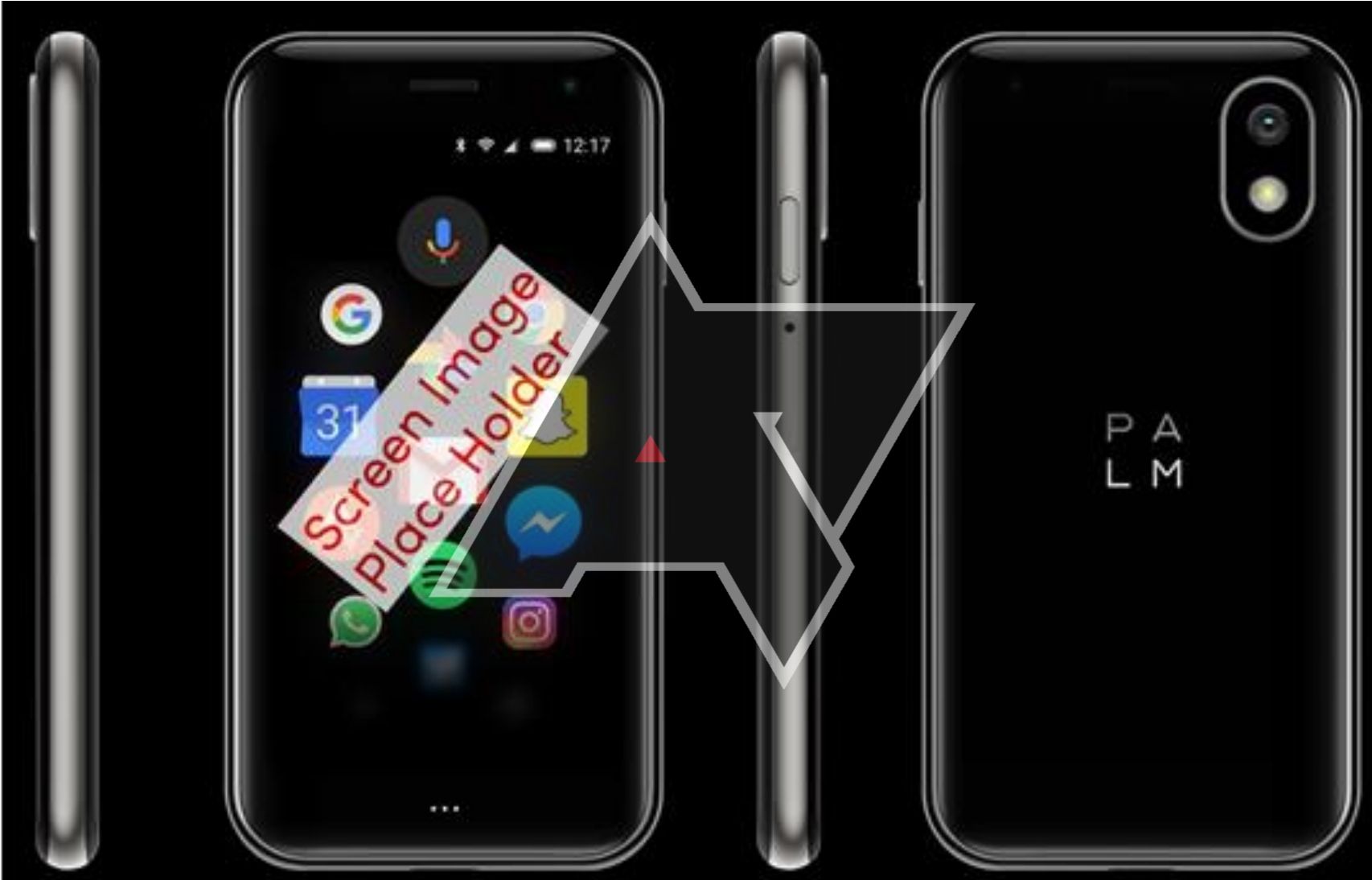
What you're seeing above is the first Palm smartphone since the Pre 3 was announced in 2011. Currently codenamed 'Pepito,' this new handset is headed for Verizon, and it's possibly the weirdest Android phone of 2018. Sporting a tiny 3.3-inch 720p LCD screen, Pepito is easily the smallest Android device in years to be sold in the USA, and probably one of the smallest in the world. The diminutive size doesn't end at the display - this phone will have a tiny 800mAh battery, we've been able to confirm. That probably doesn't make this phone much of an all-day device, and it really is a bit of a head-scratcher.
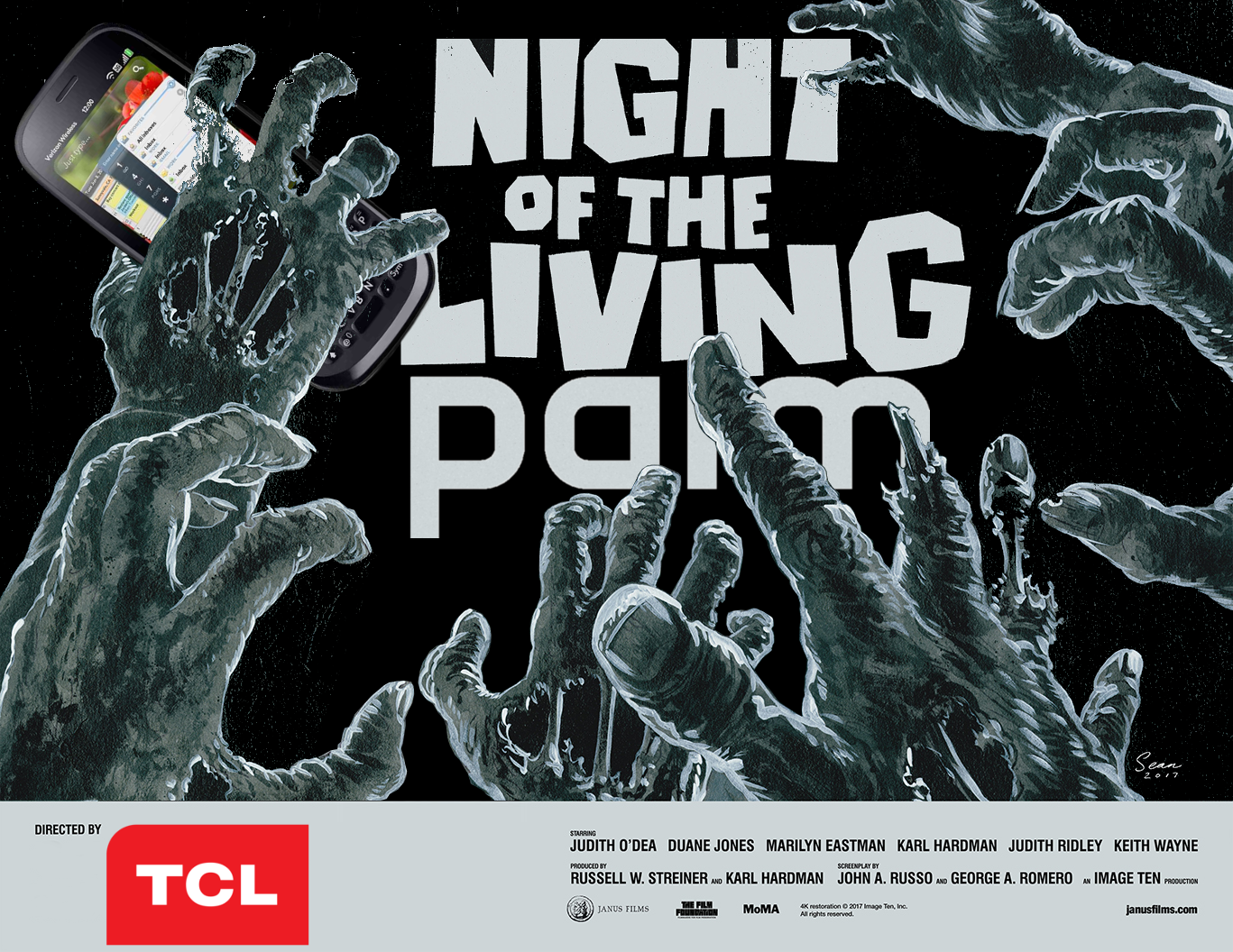
Back in March, a trusted source revealed to us that a Palm-branded Android smartphone was slated to launch on Verizon in the second half of 2018. We haven't heard anything since then, but a Palm device with model name 'PVG100' has just rolled through both the FCC and Wi-Fi Alliance.
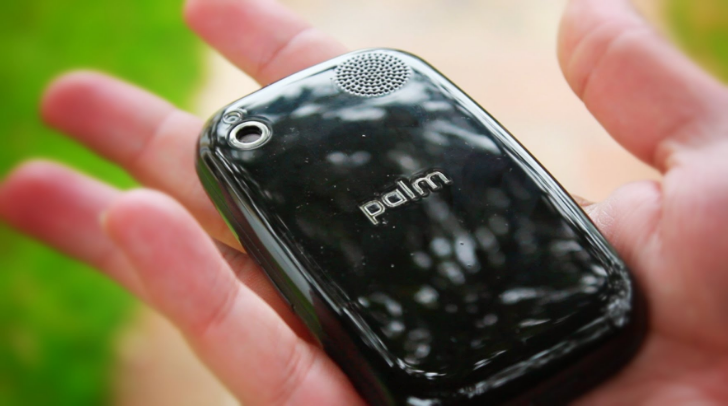
Palm's early smartphones and PDAs were a staple of the late 90s and early 00's. After the release of Apple's iPhone in 2007 and Android in 2008, Palm began selling smartphones with its new webOS operating system. The company was purchased by HP in 2010, but after poor sales, HP discontinued webOS and all Palm products in 2011.
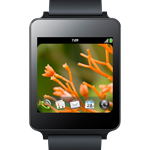
WebOS, the last and sadly failed initiative from the venerable Palm Inc., seems to have more lives than Mumm-Ra the Everliving. After getting a second chance when HP acquired the Palm company, then a third when LG tried it out on connected televisions, it looks like the Korean manufacturer is going to give it a shot at powering future smartwatches. The Verge spotted a WebOS smartwatch page on LG's development portal, which was then swiftly taken down.
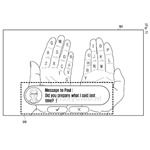
Just because a company files a patent for something, it doesn't mean that idea will eventually see the light of day. In this case, the patent filing in question doesn't just concern an unannounced but rumored product, it deals with a particular aspect. As it turns out, Samsung may one day want us to walk around interacting with our not-yet-confirmed-but-totally-expected Galaxy Glasses while typing on our palms.
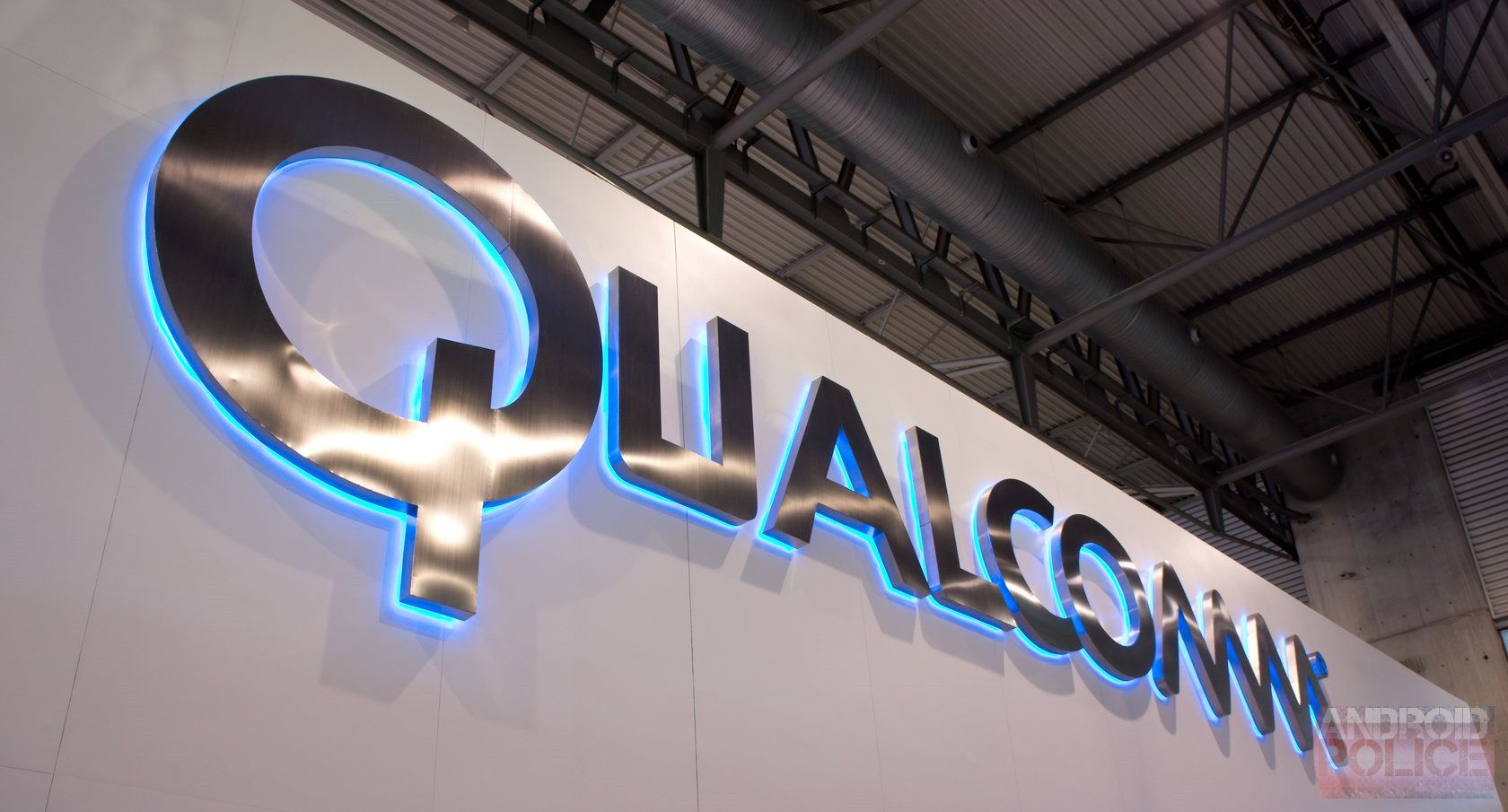
HP sold off most of webOS to LG last year, but it was still sitting on a lot of the patents it got when buying the company back in 2010. Qualcomm has announced today that it was happy to take those patents off HP's hands, along with some other choice bits of IP.
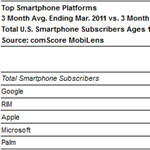
In case you thought Android's extremely fast-paced growth was being exaggerated, comScore's latest report on mobile market share might just convince you otherwise: From December 2010 to March 2011, Android not only kept its first place position among mobile platforms in the US, but it shot up 6 percentage points - far greater than all other platforms.

WebOS may catch a lot of flack because it never really took off but it does, in fact, have some really awesome features. One feature was the card view multitasking, which has already found its way onto Android. Another cool thing it did was that wacky swipe-up-from-the-bottom launcher gesture. Well, folks, guess what there's an app for now. It's called Wave Launcher - and it's great.

HP's recently announced TouchPad is a genuinely exciting device - there's no question about that. In fact, with such features as a dual-core Qualcomm CPU and the fancy new "Tap to Share" technology, it might just be the most serious competition Honeycomb tablets will face in the first half of 2011, aside from a certain Apple product.
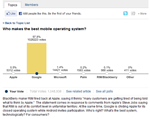
Last week, the Wall Street Journal posted a public poll asking its readers to pick the best mobile operating system maker. Apple, Google, Microsoft, Palm, RIM/Blackberry, and Other were valid options, with Apple leading at about 55% at the time. Noticing this, Android Police along with reddit and other media publications issued a call to action:
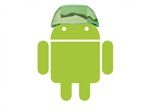
Today, comScore released its mobile phone market share figures today for May 2010 (the figures take a while to compile), and the results bode very well for Google. Among smartphone operating systems, Google’s Android now holds a 13% share. While this may not sound huge, keep in mind that only 3 months prior in February Android controlled only 9% of the market. The figures and changes, below:

It has been reported that Matias Duarte, the man responsible for the look and feel of Palm’s webOS, has left Palm to join Google as User Experience Director for Android.

According to Bloomberg, one of the top financial news sources in the world, Palm has hired an investment banking giant Goldman Sachs to arrange a sale of the company, at least according to 3 people familiar with the situation (read: anonymous informants/insiders).

AdMob, one of the world's largest mobile advertisement networks, posted a report (PDF) yesterday citing various mobile related statistics for the period of February 2009 to February 2010.













